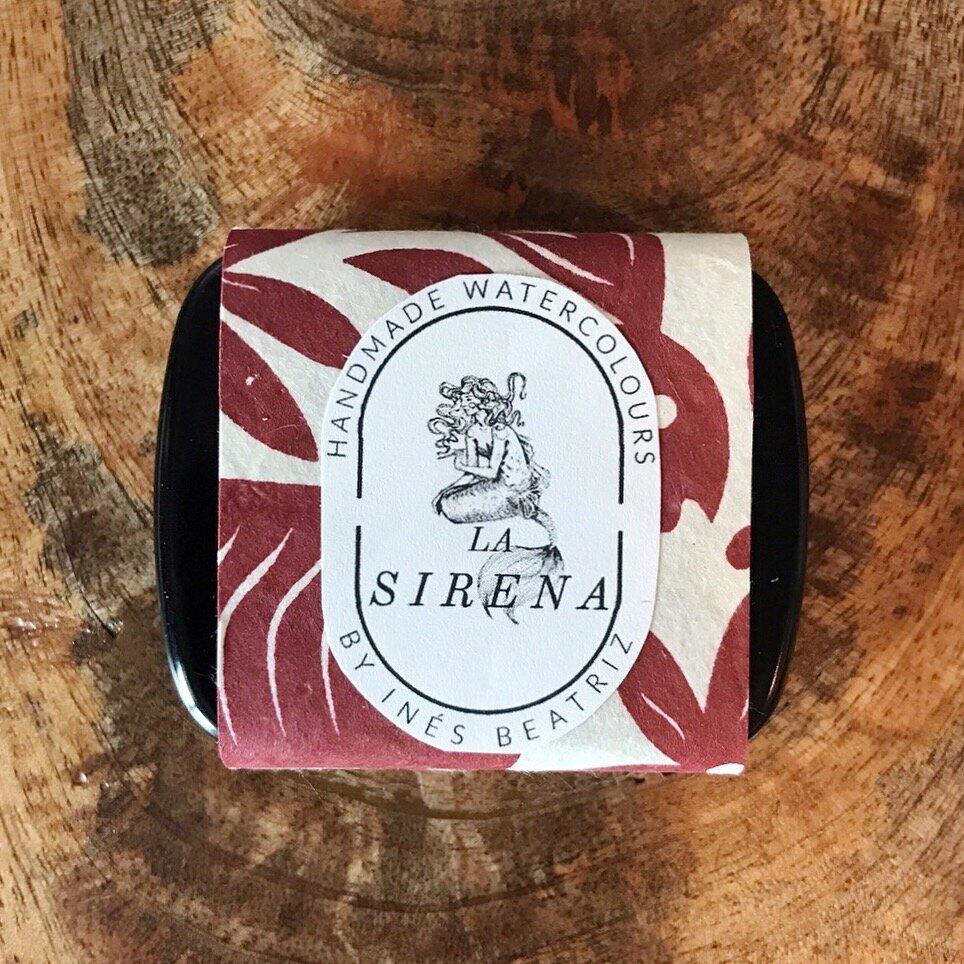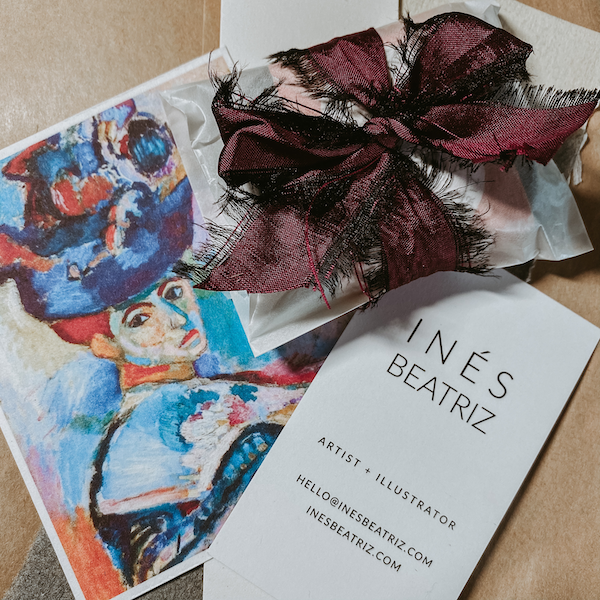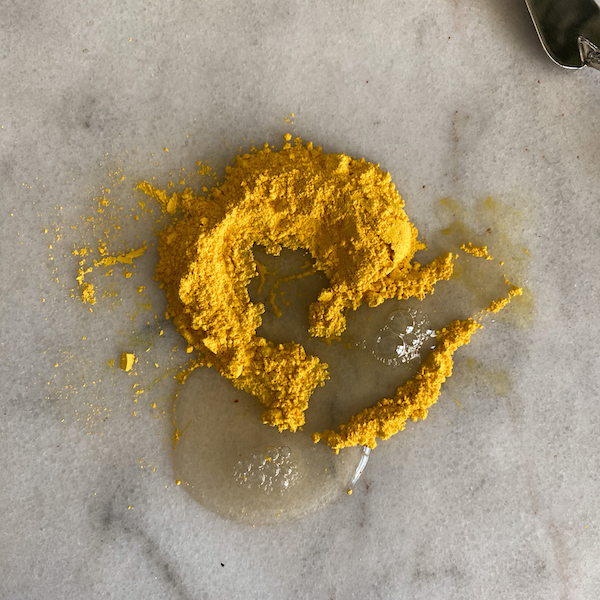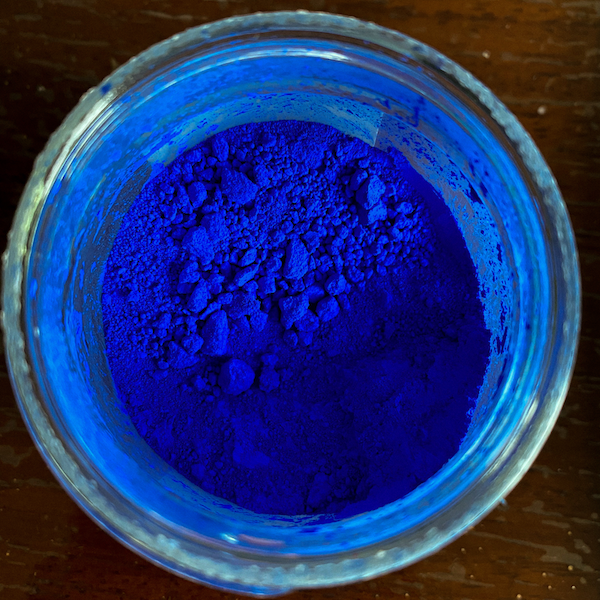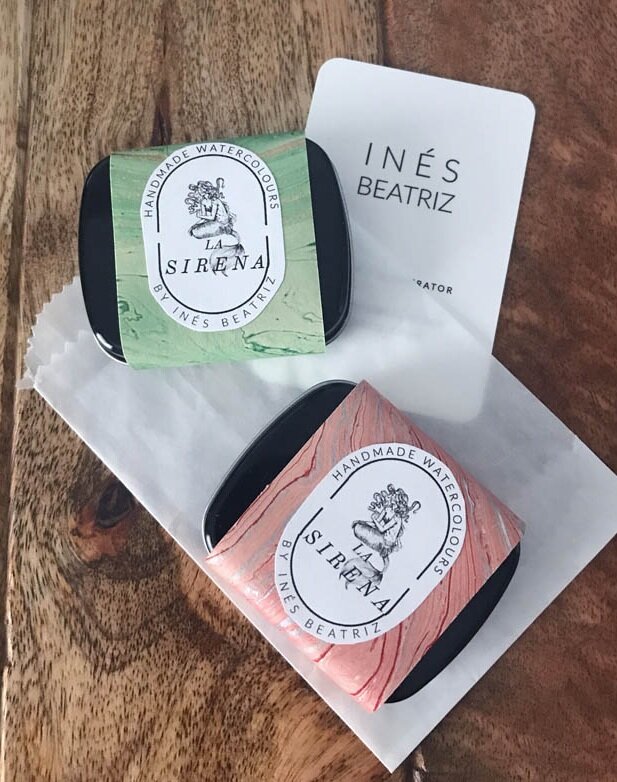LA SIRENA Handmade Watercolours
I am so thrilled to share these lovingly made watercolour paints and artisan materials! This brand was born out of a love of rich colours and a desire to make the creative experience effortless and special.
La Sirena is Spanish for mermaid. The call to create my own paint by hand felt like a siren song, luring me to dive deep into the world of colour and pigment histories. It’s a creative endeavour that satisfies both my artistic and scientific curiosity. Each colour produced requires experimentation to find the perfect formula to yield an easy to rewet paint that glows on the paper.
It’s been a labour of love as I tested and experimented with colours and formulas over the past two years! Between commissions and teaching, I squeezed in every moment I could to research and test new colour and binder recipes. Now my notebook is completely filled and these paints are ready to share with you.
I hope these artisan materials inspire you to create and make those quiet moments feel extra special. My goal is for these treasures to transport you to a peaceful state of mind, away from the cares of world.
FAQ
Do you make all La Sirena products?
I definitely make all the paints, cards and watercolour journals in my little studio. Some of the sewn items, such as painting smocks, I have designed and worked with artisans from the Philippines. It’s been a long time since I’ve used my sewing machine and I am very happy to support Filipino craftsmen.
Are La Sirena paints vegan?
Sadly, no. However, it is a direction I would like to head towards in the future. For now, these paints use both Australian honey and small amounts of ox gall in the binder.
Why is there a crack in my half pan of paint?
Each batch is hand mulled, hand poured and wrapped with a lot of love! There are no fillers or additives. I include only the necessary ingredients and try as much as possible, to follow a formula that will minimize the chances of the paint cracking when it dries. That said, the humidity of the environment can affect the appearance and consistency of the paint in the pan. This however, will not affect the quality of the paint or the outcome on paper while painting.
Why is my paint sticky or gooey?
Don’t worry about that! These paints may sometimes react to the humidity of your environment due to the humectant in them. They will still work just fine! I add a humectant in order to make it easier to rewet your paints. However, I try to add just a touch so that there are ideally no surprises of spilled paint in the palette. That said, I don’t work in a very humid environment and it can be a little tricky to predict how they will behave. Down the road I hope to have a more humidity friendly formula.
What’s that smell?!
It’s either clove or rosemary that you are smelling! Depending on the batch, I will use clove or rosemary essential oil as an anti-fungal element in the paint formula to make sure your paints remain in tip top condition. To help keep them in tip top condition, make sure your paints are dry before closing your paint containers and putting them away.
Is your paint toxic?
These paints are safe for artistic use. Of course, eating them is not recommended! Pigments come from various sources and while some pigments are more toxic than others, typically this “toxicity” is related to the risk of inhalation of dry pigments.
There are also no fillers and additives, which can often be toxic components found in mass market paints.
How do these compare to the average tube found in art shops?
These paints are made with the highest quality pigments I can get my hands on. They also feature a binder formula developed after much testing and experimentation to get it just right. Unlike store bought paints, there are no fillers or additives, which means that the ratio of pigment to binder is much higher. Some colours are even a 50/50 split between pigment and binder! This means that the paint is intense and a little goes a long way.
Why are these paints expensive?
I suppose the quick answer is that the idea of “expensive” is relative. That said, these paints are handmade and are quite labour intensive. Hours of work have gone into each and every colour batch, from the early experiments to the careful wrapping of each and every half pan. I use only the highest quality ingredients. A little goes a long way since these paints feature a high percentage of pigment to binder ratio.
I would like to share a little info about the differences between “cheap” versus “expensive” paints:
There is a false economy that exists when it comes to the quality of paint. The “cheaper” paint in stores, while perhaps easier on the wallet in the moment, will cost you more in the long run. The reason being that the cheaper you go, the more fillers and additives are in the tube. This means that you will use more paint in an effort to obtain rich colours. In some cases, there can be as little as 10% pigment in the formula! You may have even experienced an oily substance separating from the paint as you squeeze it out of the tube. I’ve seen students squeeze nearly half the contents of a cheap paint tube out in an attempt to move past this oiliness.
If you can, treating yourself to good quality paint is worth it as your paints will go further and last longer.

